It’s highly likely your business will make lots of different types of videos.
For each one, there are a wide variety of different styles of video you can choose, ranging from live action to live streaming, with a ton of possibilities in between. Selecting the right video style for each one means thinking about your goals for that video, whether it’s evergreen content or a campaign.
You may find that you tend towards a certain look and feel for your video marketing overall, one that aligns with your brand and tone. That’s not a bad thing, so long as you test your assumptions. You can even include style preferences in your video marketing strategy, along with guidelines to ensure a consistent approach.
Some styles tend to pair better with some video types than others (for instance, when it comes to explainer video styles, whiteboard animation is always a popular choice), but feel free to experiment—you don’t know for sure what will work for your audience until you try.
Contents1.Live Action Video1.1Talking Head Video1.2Vlog1.3Interview Videos2.Animated Video3.Text Overlay Video4.Live Video (a.k.a. Live Streaming Video)5.360-Degree Video6.Virtual Reality Video (a.k.a. VR Video)7.Choose-Your-Own-Adventure Video8.Screen Share Videos9.One-to-One Webcam Videos10.Put It All Together
Learn about your options and see video style examples below.
Live Action Video
Live action constitutes any video comprised of real-world footage, typically including real live people.
It’s one of the most common video styles, likely due in part to its sheer accessibility. Live action videos can range in production quality from smartphone clips up to professionally-produced films. They can be scripted (like a talking head video) or unscripted (like an interview).
A lot of different types of video can be made using the live action style.
Learn From the Pros
Razor brand Gillette released a topical ad that made reference to the #MeToo movement. Combining newly recorded live action footage with clips from news broadcasts and other video, the ad is accompanied by a voice over that takes a stance on a current issue.
Though it’s less than two minutes long, the ad made a big splash, racking up millions of views and generating lots of coverage from the media.
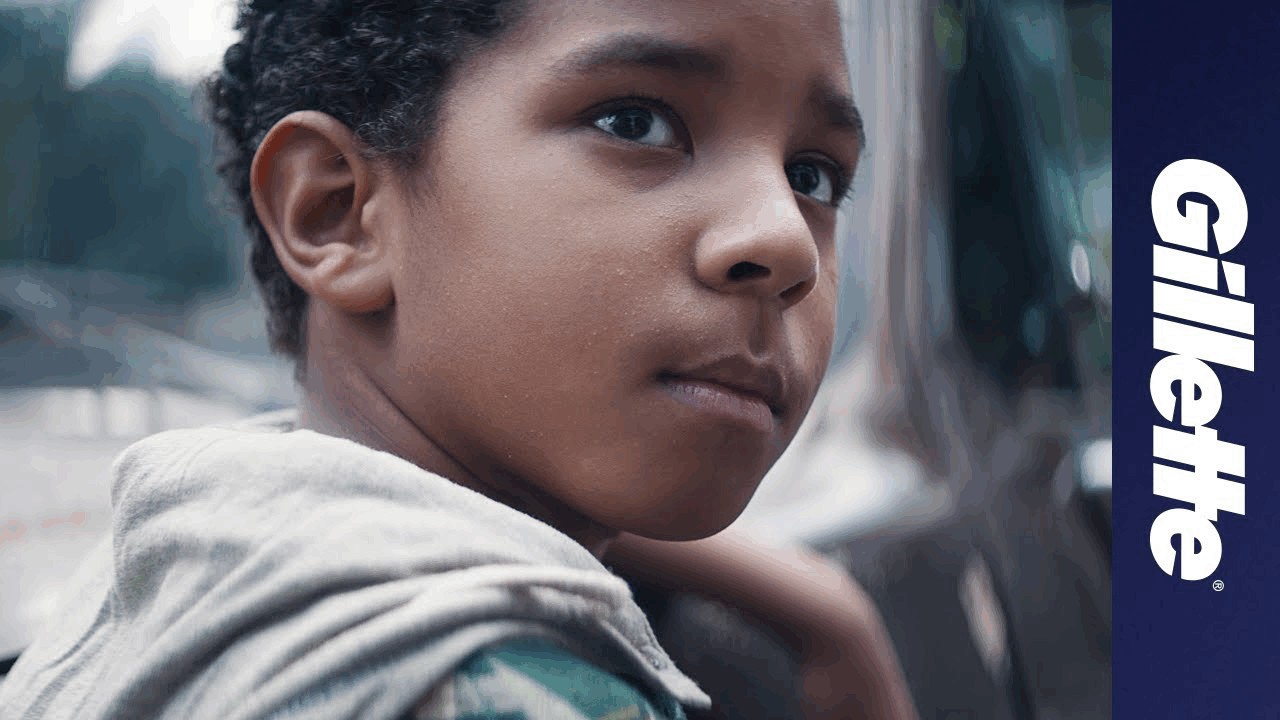 Talking Head Video
Talking Head Video
Talking head videos are pretty much what they sound like: A person talking to the camera—either looking directly at it or gazing slightly to the side (known as an interview style talking head).
Because the focus is on a single person, talking heads are great for establishing expertise on a topic and are popular for thought leadership videos.
Learn From the Pros
While talking head videos are good for creating a connection with your viewers, the lack of visual stimuli means they’re not always engaging enough to hold audience attention for long. Try mixing things up by using more than one camera and cutting between different perspectives (such as a tight shot and a wide shot), including B-roll, shooting in front of a compelling backdrop, or adding in graphics.
This video from infographic maker Venngage adds visual interest to the talking head style with a countdown clock (emphasizing that the video is a quick summary) along with text and visuals related to the concept the speaker is educating the audience on. (Bonus: This video has an eye-catching thumbnail.)
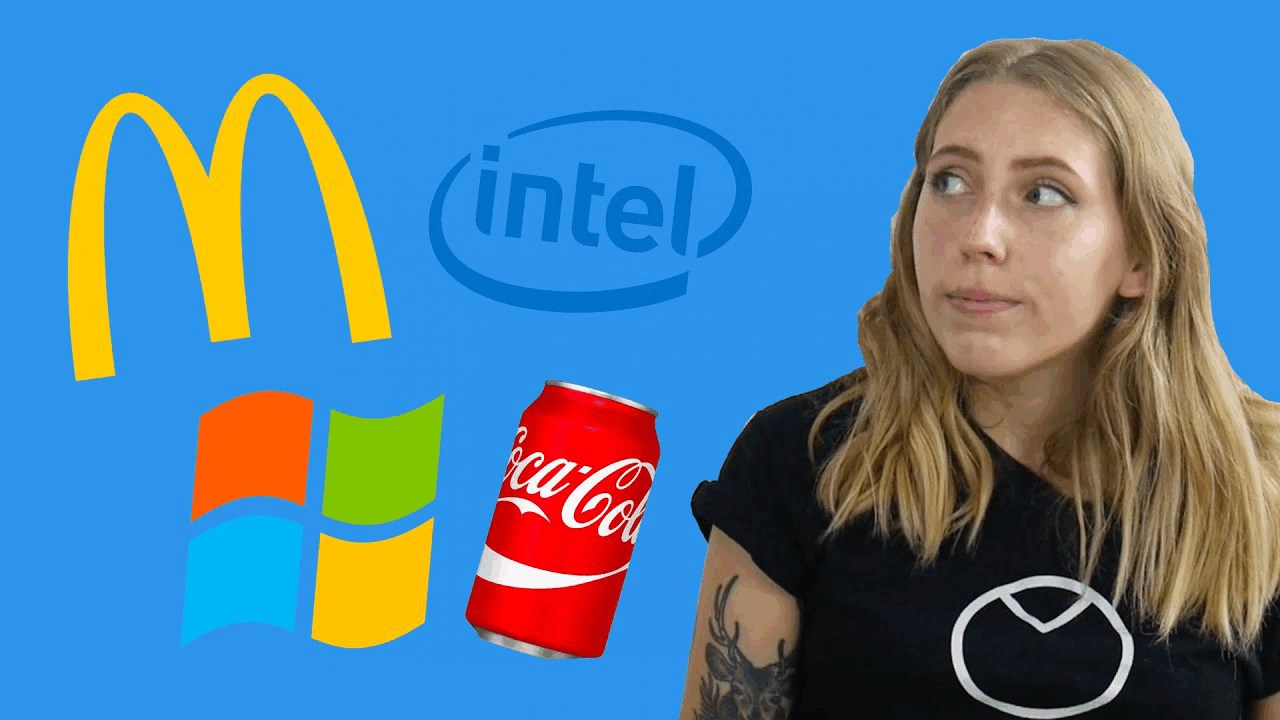 Vlog
Vlog
If talking head videos are produced as a series, then they can be classified as a vlog (video-based blog in which individual videos replace blog posts).
Many companies use vlogs to answer FAQs, share updates, and introduce new products. The subject matter available for vlogging can be as wide and varied as it is with blogging.
When creating a company vlog or shooting talking head videos, be sure to think about who will be the face. You might choose one person or a small team who will trade off episodes.
Moz does this with their Whiteboard Friday videos, which often feature Rand Fishkin, but are sometimes hosted by other members of the Moz team. We do it with our Chalk Talks. Tyler Lessard, VP of Marketing, is usually in front of the camera, but we sometimes feature other employees who are subject matter experts.
Interview Videos
Interview-style videos are a great way to give your video collection a boost and attract an audience who cares about your industry and what you have to offer.
They can have one fixed camera, or can be shot on multiple cameras and edited together for a more dynamic feel. They can have one person on-camera, talking head-style, who’s being interviewed by an off-camera interviewer.
The interviews themselves can focus on things like advice, trends, company culture, and more. Get creative: Try filming an ask me anything (AMA) session with your CEO, a fireside chat with a partner company, or a Q&A with an influencer in your industry.
Animated Video
Often used for explainer videos and brand stories, animation can be an incredibly engaging video style.Sometimes as entertaining as your childhood favorite Saturday morning cartoons, and other times as practical as an illustration of a concept, there are a bunch of different video animation styles, including:
2D animation videos3D animation videosMotion graphic videosAnimated typography videosStop-motion animation videos (including cutout animation and claymation)Whiteboard animation videos
When it comes to different styles, 2D is typically the most classic-looking animation style, while 3D lends a more Pixar-type feel to characters.
Motion graphics are popular for explainer videos as they illustrate a concept in a clear, often minimalist, style. Animated typography works nicely for quotes and other videos where the text is the most important element.
Stop-motion involves using real objects and capturing movement one frame at a time. It can be done with a variety of materials, but some of the most popular are clay or plasticine (as used in claymation) and paper (as in cut-out animation). This approach tends to lend a whimsical feel to whatever is being animated.
Whiteboard animation is an easily accessible animation form as there are a number of low cost tools designed to let anyone (even the less artistic among us) create a video that looks like it was doodled on a whiteboard.
Learn From the Pros
Inbound marketing and sales software HubSpot used animation to explain the importance of video when they were promoting their new feature, HubSpot Video.
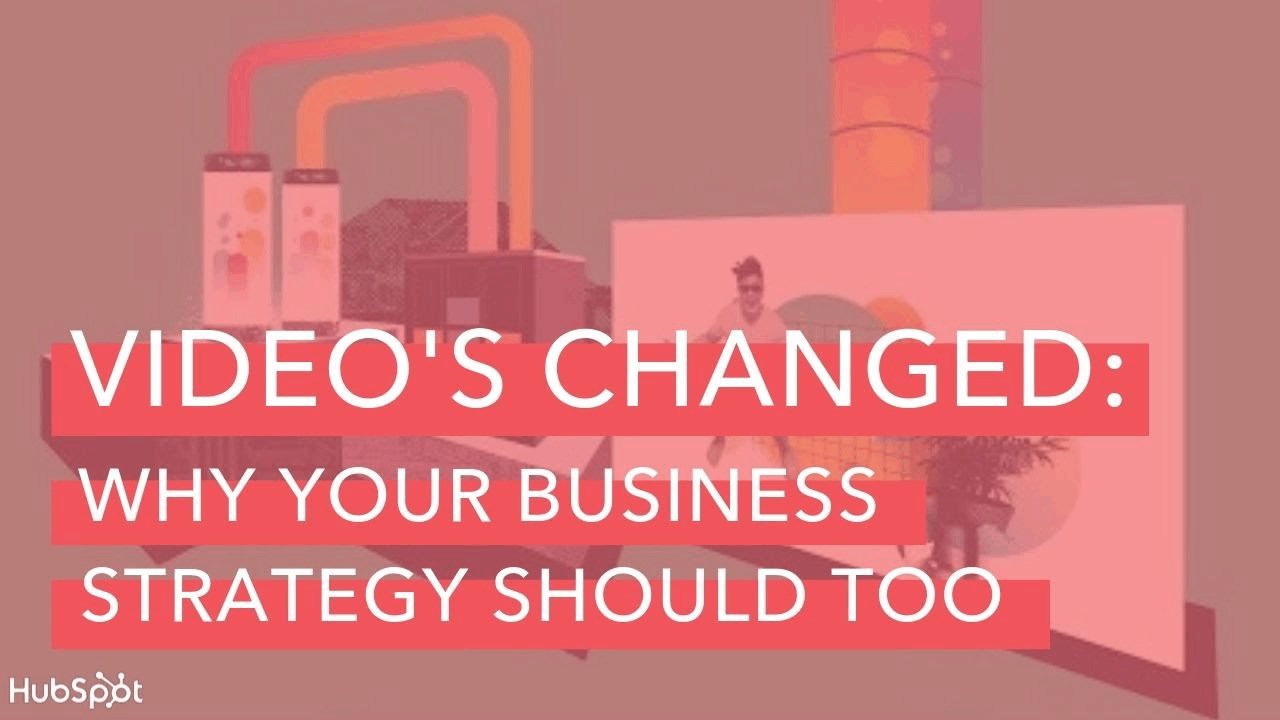 Text Overlay Video
Text Overlay Video
Social media users often view video without sound; as much as 85% of Facebook video is watched silently. This has led to the rise of a style of video that pairs overlaid text with B-roll and/or still images (usually with a pan or zoom effect applied).
These text overlay videos are typically accompanied by background music, which doesn’t fundamentally change the nature of the story but does enhance it for those who turn the sound on.
Well-suited for how-to videos or telling simple stories, text overlay videos were popularized by social media-focused publishers like BuzzFeed. Their Tasty page makes frequent use of the format for sharing recipes, where ingredients and simple instructions appear as text overlaid on clips of the recipe being prepared.
Learn From the Pros
Social media management platform Hootsuite shares text overlay videos regularly on social media.
Often based on information found in the company’s larger content pieces, the videos provide quick tips in text paired with relevant video.
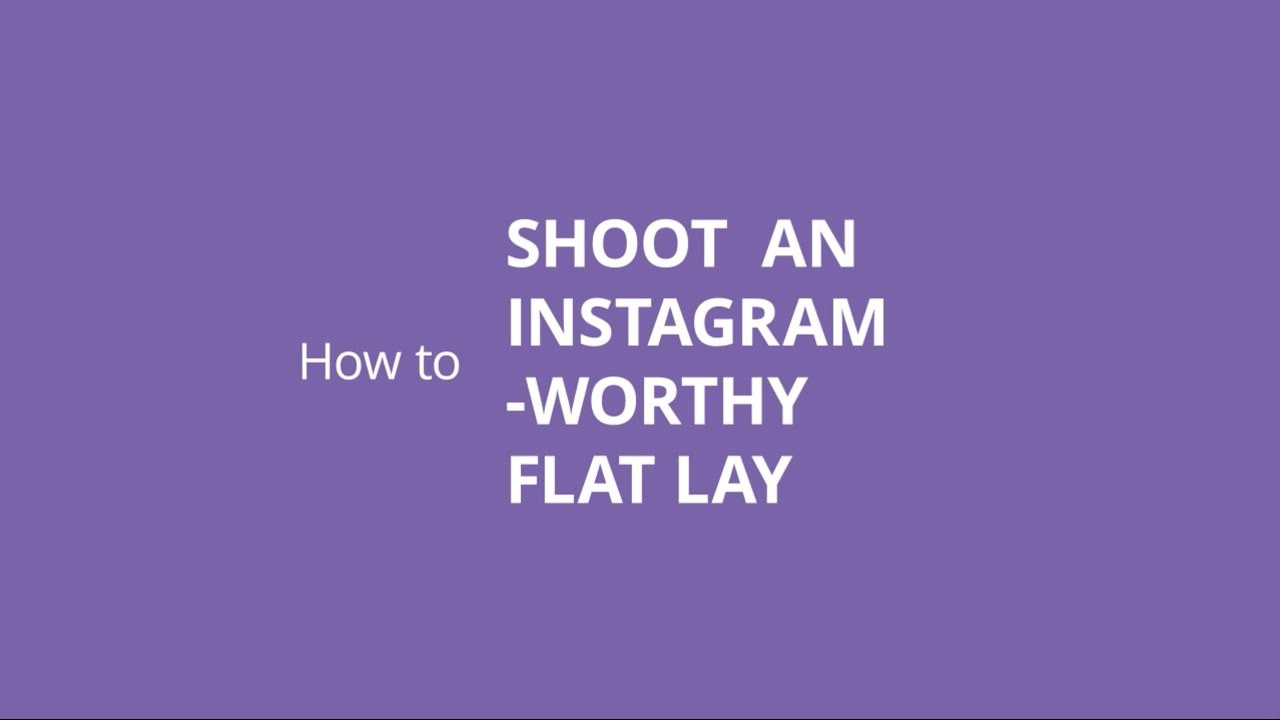 Live Video (a.k.a. Live Streaming Video)
Live Video (a.k.a. Live Streaming Video)
As the name suggests, live streaming video is broadcast as it happens so that viewers can watch in real-time. Though it’s available on a number of social media platforms, Facebook has been a big driver of the format.
Considered a distinct content type by the network, live video gets 6x more interaction than regular Facebook video. Plus, notifications prompt users to watch live streams from pages they follow while they’re happening.
On LinkedIn—which started testing its live streaming offering LinkedIn Live in early 2019—broadcasters get 7x more reactions and 24x more comments on live streams than on regular videos.
Live video is also available on Instagram, YouTube, and a number of live-focused and niche platforms (such as Twitch, which is popular with gamers).
A variety of video types can be broadcast this way, from live interviews to real-time announcements to as-it-happens tutorials.
Learn From the Pros
Benefit Cosmetics made creative use of the live format with its Tipsy Tricks series. Each week, two hosts drank wine, shared a makeup tip, chatted about products, and fielded questions from viewers.
The broadcasts, like the Learn How You Can Achieve Flawless Lash Looks example below, have received thousands of views.
 360-Degree Video
360-Degree Video
An immersive video format, 360-degree video records a view in every direction at the same time using an omnidirectional camera or a collection of cameras.
These videos can be viewed through a headset that shows a viewer different parts of the scene depending on which direction they turn their head or via on a standard screen, where audience members click or tap to change the view.
This format is a good choice for brands looking to put an interactive spin on their content. It works best when there is an immersive scene that includes points of interest in all directions.Brands have used it effectively to provide a unique perspective on an activity, showcase a space or place, and to give viewers the experience of “being there.”
Learn From the Pros
Antiperspirant makers Degree Men put viewers on the court with Stephen Curry in a 360-degree video that showcased the athlete’s signature move from a rarely seen perspective.
 Virtual Reality Video (a.k.a. VR Video)
Virtual Reality Video (a.k.a. VR Video)
Virtual reality (VR) videos, though often confused with 360, allow the viewer to not only choose what part of the scene they view, but to interact with it as well.
Viewed through the same headset as 360 video, VR requires additional accessories—such as joysticks, gloves, and even suits—to make interaction possible.
Learn From the Pros
Home improvement brand Lowe’s offered a virtual reality experience that allowed customers to learn how to tackle a DIY project by engaging in a VR tutorial.
Available in select U.S. stores, the “Holoroom How To” resulted in 36% better recall from customers than watching a standard how to video.
 Choose-Your-Own-Adventure Video
Choose-Your-Own-Adventure Video
Choose-your-own-adventure video is an interactive format that lets the viewer have input regarding the direction of the story they’re watching.
In online video, this effect is typically achieved by using annotations or CTA screens and a video chopped into pieces and grouped together in a playlist.
In 2017, Netflix started offering interactive streaming TV content. It started with children’s content—including shows like Puss in Boots: Trapped in an Epic Tale—and evolved from there. The most notable example so far has been the original movie Bandersnatch, part of the Black Mirror series.
Learn From the Pros
Vidyard’s 2018 holiday video made creative use of the choose-your-own-adventure video format, allowing viewers to select an item to give as a gift and see a different ending to the video based on their choice.
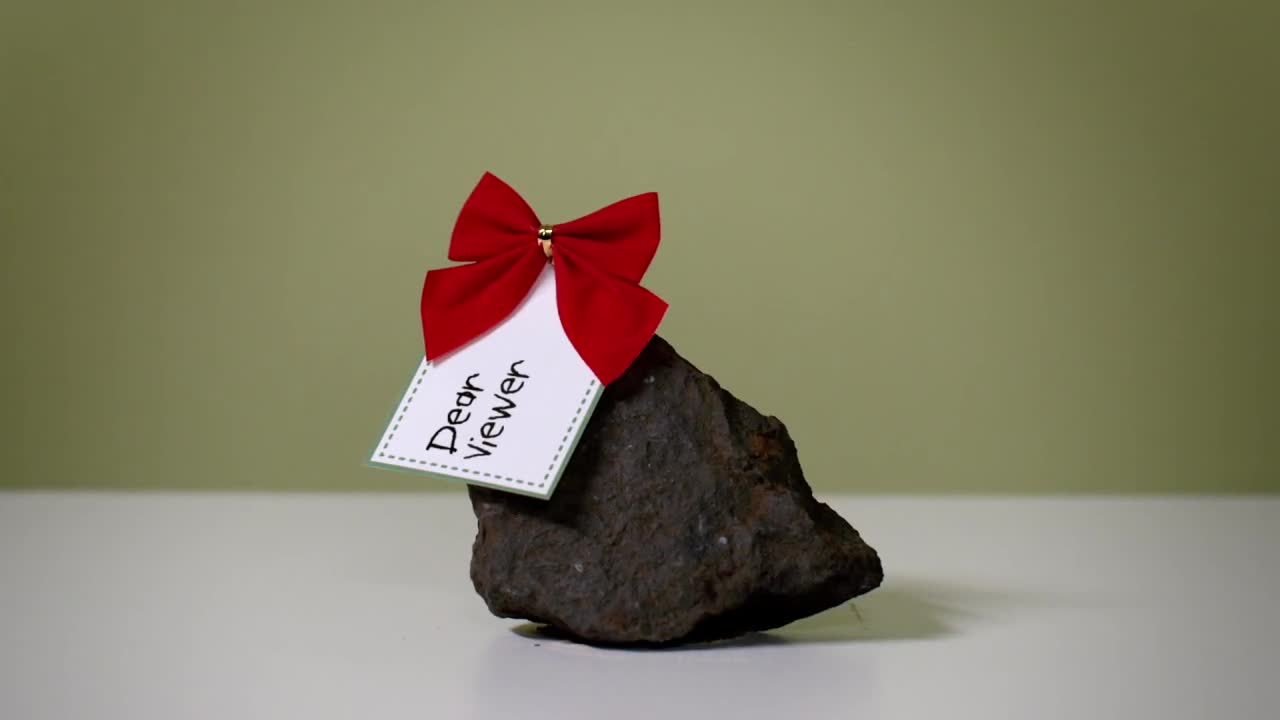 Screen Share Videos
Screen Share Videos
Screen share videos are (you guessed it) recordings of a person’s computer or mobile screen. This style is well-suited to situations where you want to show someone what something actually looks like or how it actually works. It’s particularly popular for demo videos and how-to/tutorial videos.
There are a lot of ways you can create a screen share video. They can be highly produced or scrappy recordings made using free tools. Some allow for audio narration to be recorded alongside the video footage.
Vidyard’s screen recording Chrome extension also allows the person recording the clip to add a bubble to the bottom left corner that shows the view from their webcam (typically of their face) to add a personal element to the recording.
Free Screen RecordingEasily record and share your screen.Get It FreeOne-to-One Webcam Videos
One-to-one video—known as personal video and sometimes selfie video—is video created and sent by one person directly to another.
Unlike the one-to-many broadcast approach used with the majority of marketing video content, one-to-one videos are not content that’s created for a large group but rather an audience of one. One-to-one videos are typically recorded using webcam recording software, some of which include features to make it easy for the video creator to share their recording and even find out when the recipient has viewed it.
Record Your WebcamEasily record and share webcam videos.Get It Free
The personal nature of one-to-one videos makes them well-suited to marketing activities such as public relations and comms.
For instance, PR professionals can use one-to-one video to:
Pitch stories to publications by creating individual videos for each publication they’re reaching out toRespond to reporter requestsPitch someone from the organization (such as the CEO) as a speaker for a conference or eventLearn From the Pros
Vidyard’s own Sandy Pell, Senior Manager of Corporate Communications, adopted the one-to-one video approach in her pitching.
Her public relations video pitches—including story and speaker pitches—have received nearly 50% higher engagement than text-based ones.
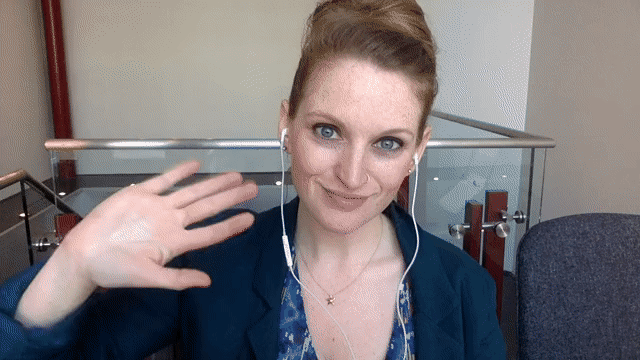 Put It All Together
Put It All Together
You’ll likely use different video styles for different video projects, depending on the type of video, the intended audience, your goals, and more.
Be sure to test out style options to see what best suits your brand and its tone and to discover what your audience responds to.
And, while you’re experimenting, keep in mind that some video styles can be combined to create a unique look and feel.
Learn From the Pros
HarperCollins Publishing made creative use of a combination of animation and live action in a video promoting the latest edition of the Collins English Dictionary.
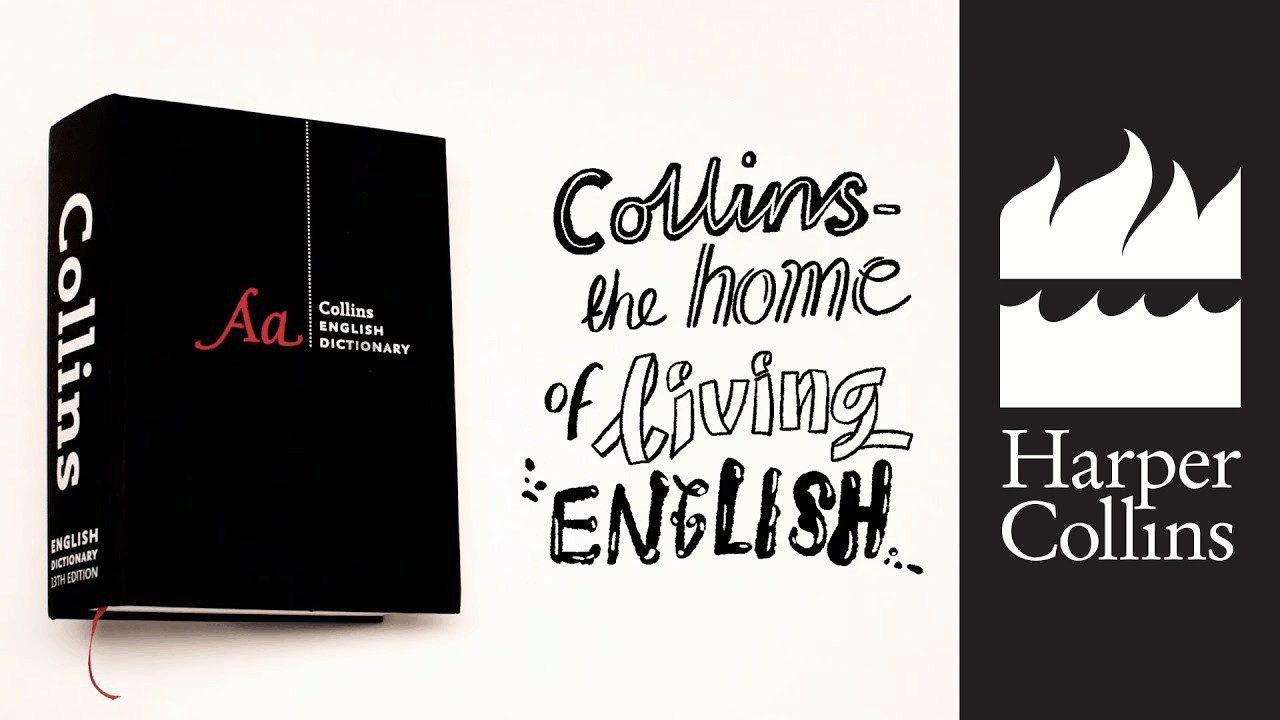
Put Your Videos to WorkCreate, host, manage, and share your videos.Sign Up Free
This post was originally published on December 3, 2018. It was updated on October 27, 2019.
The post Different Styles of Videos: Choosing the Right One Every Time appeared first on Vidyard.
Read more: vidyard.com









